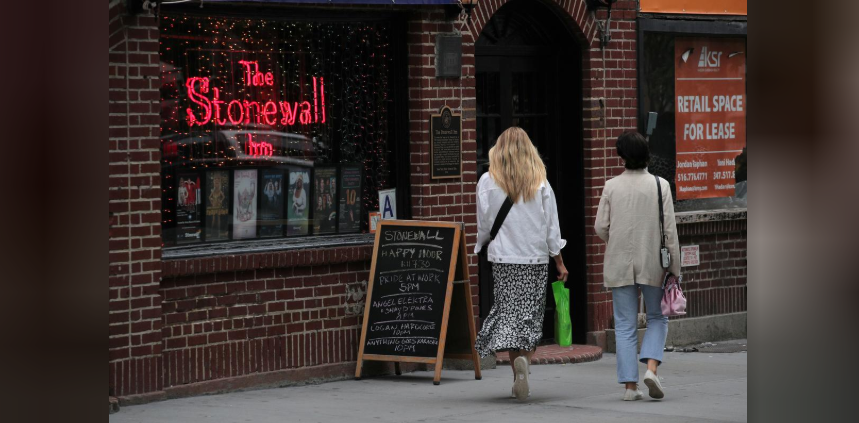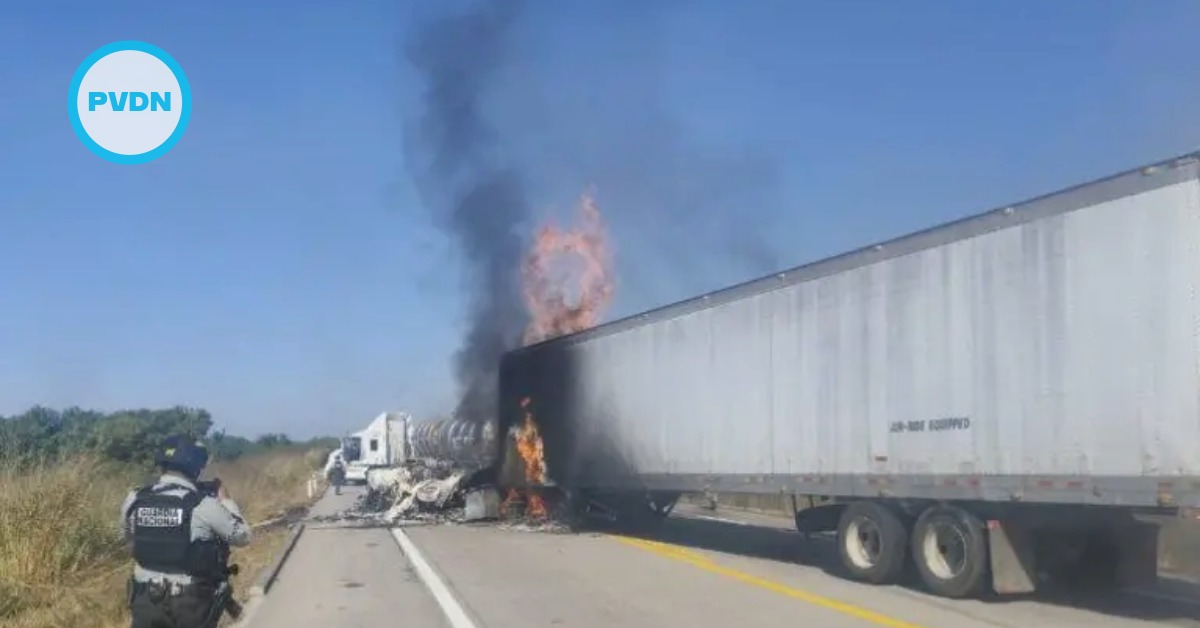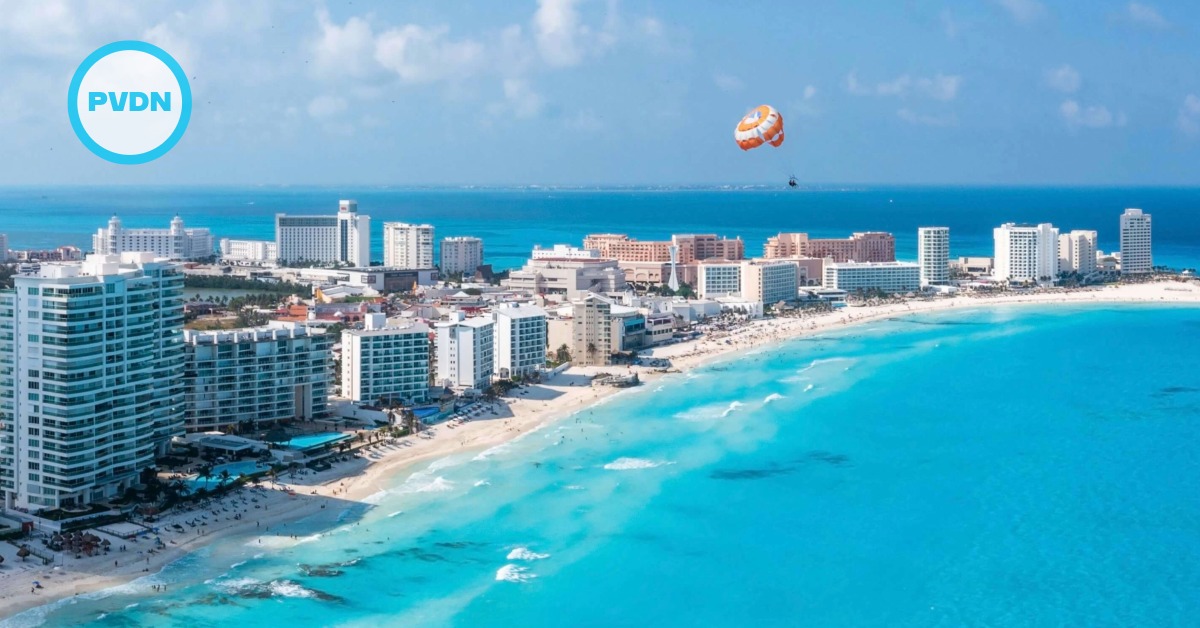Time has claimed many of the street fighters who rebelled against the police raid of a New York City gay bar 50 years ago, in what has become known as the Stonewall uprising. Those who remain are still a little astounded at what they did.
Standing outside the Greenwich Village tavern one recent morning, at what is now the Stonewall National Monument, Mark Segal recalled the spirit of 1969, when protests against the war in Vietnam coincided with the African-American, Latino and women’s rights movements.
Gay power was next.
“Standing across the street that night, that little 18 . . .






